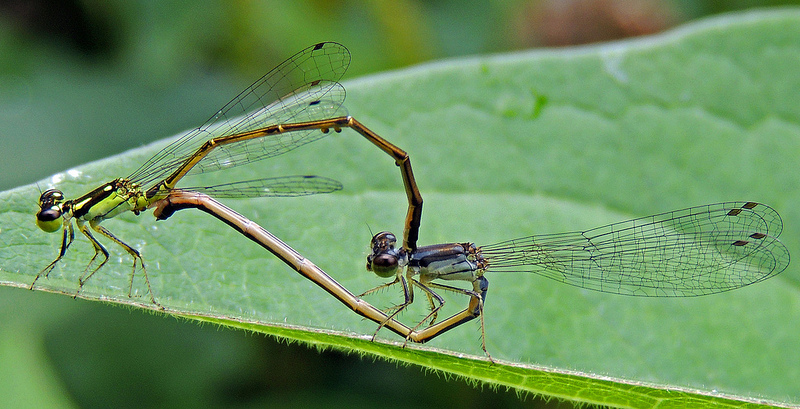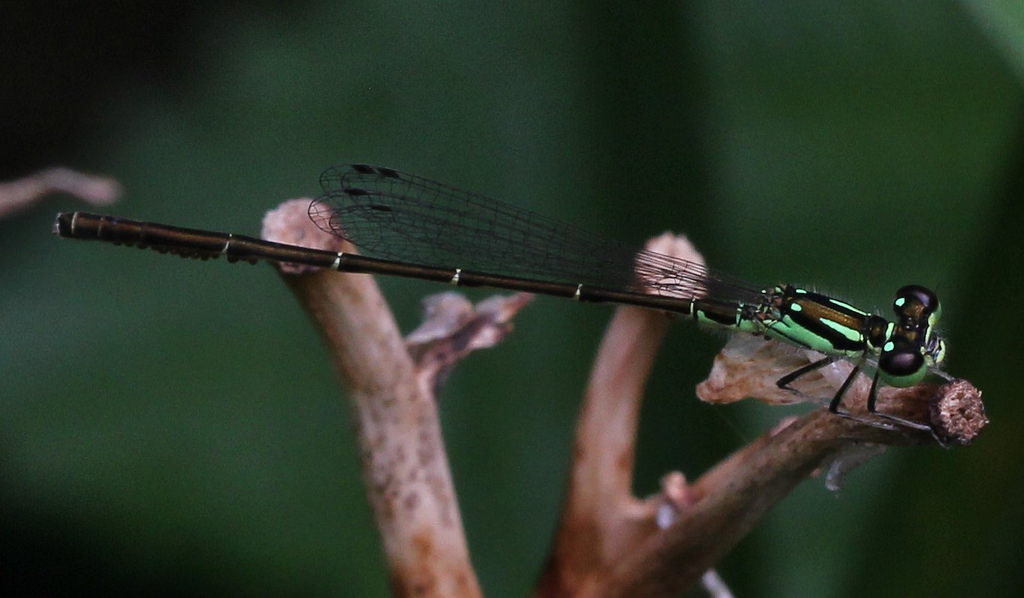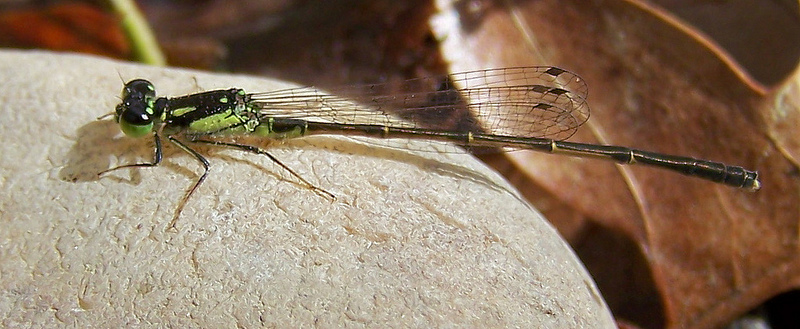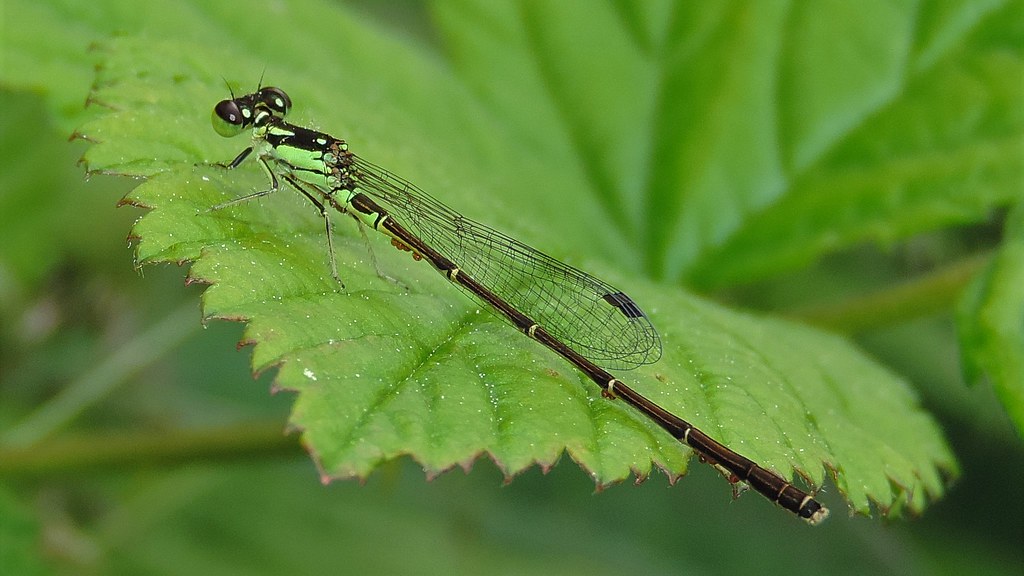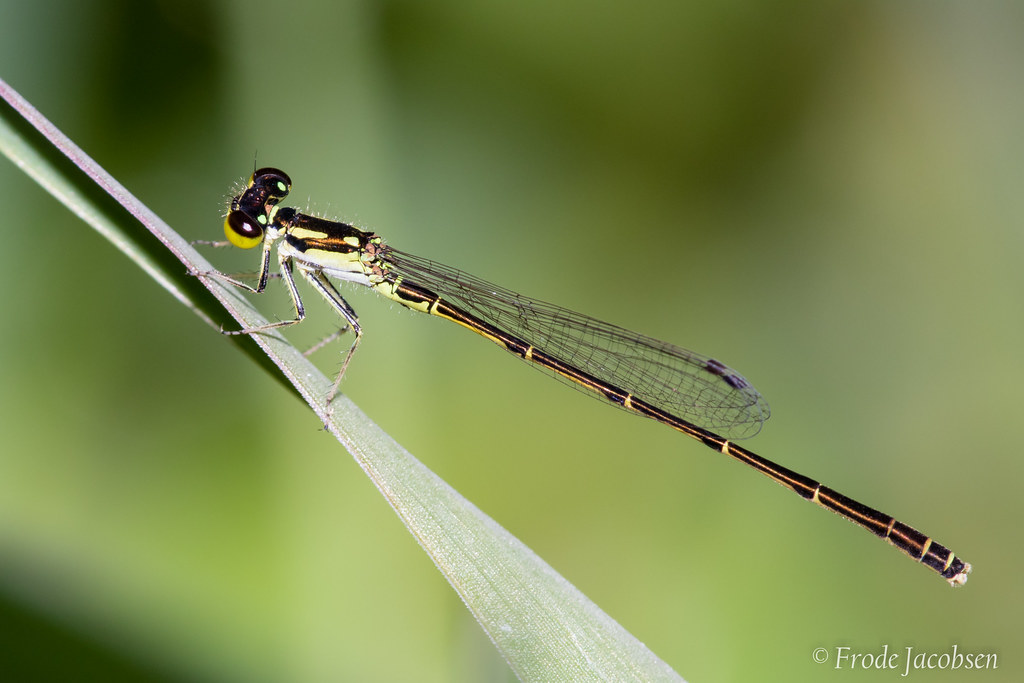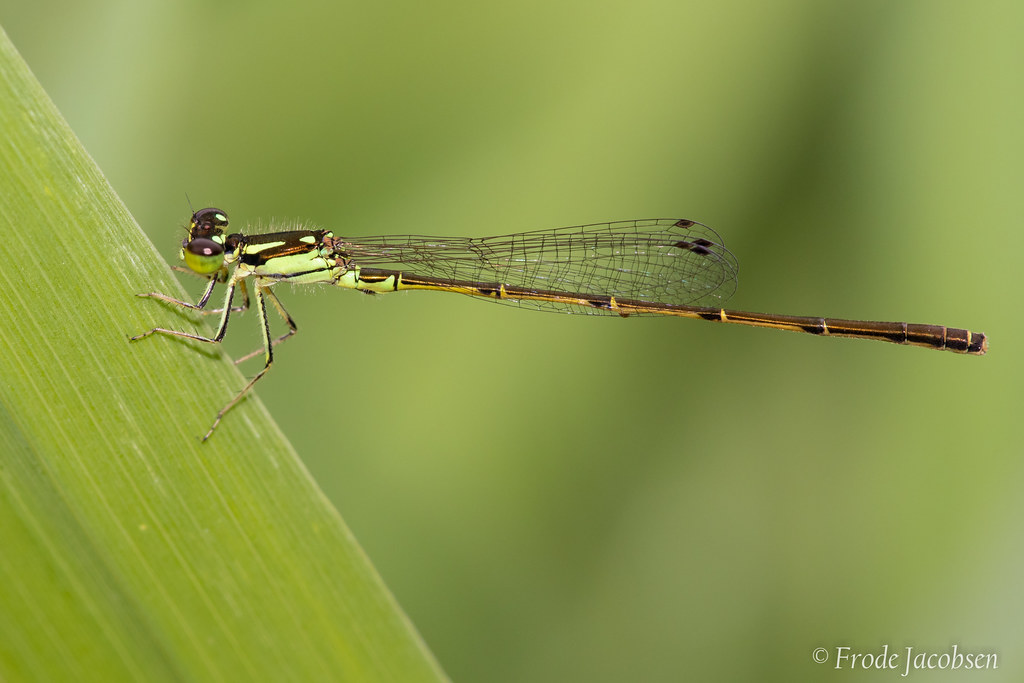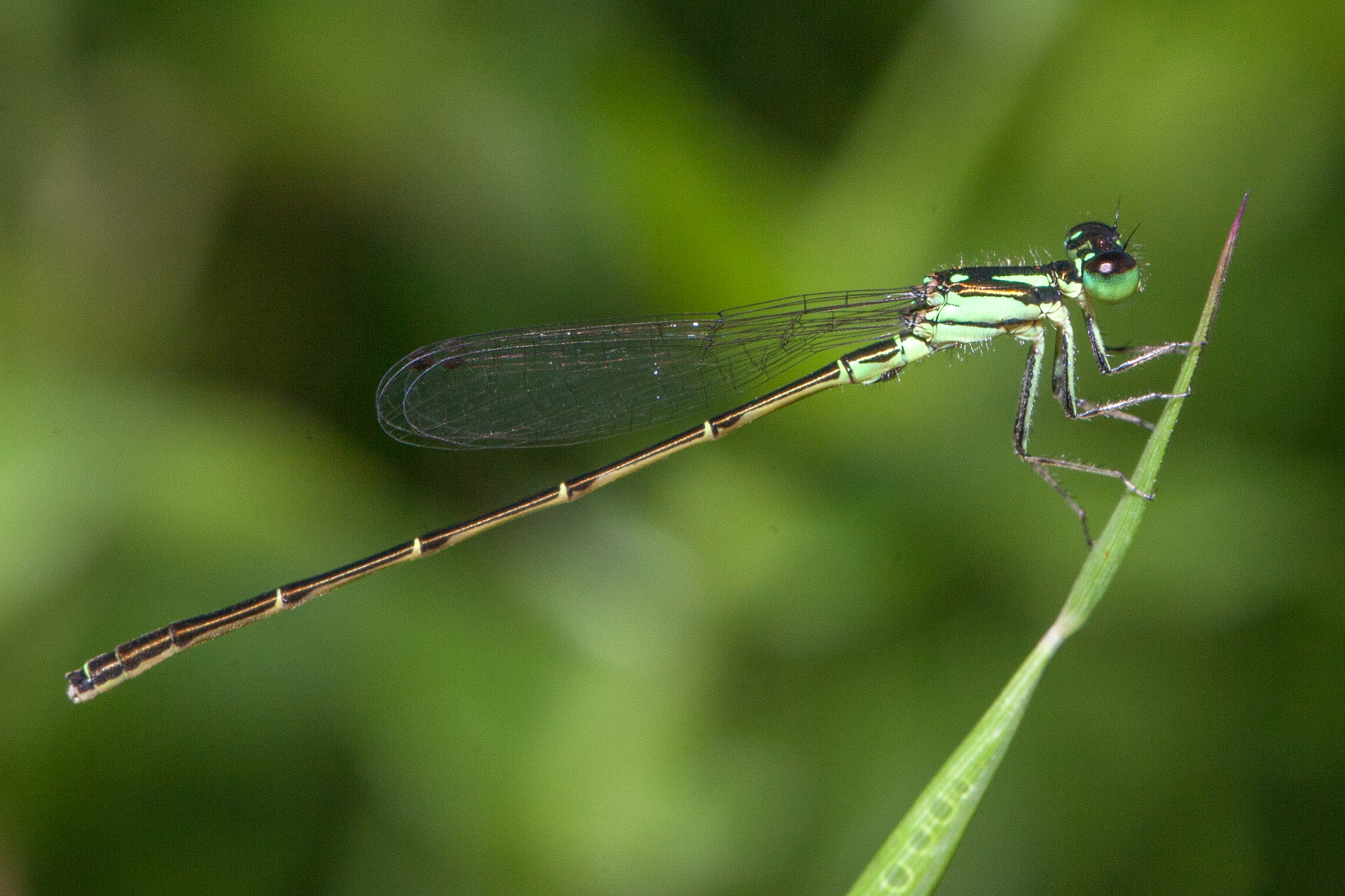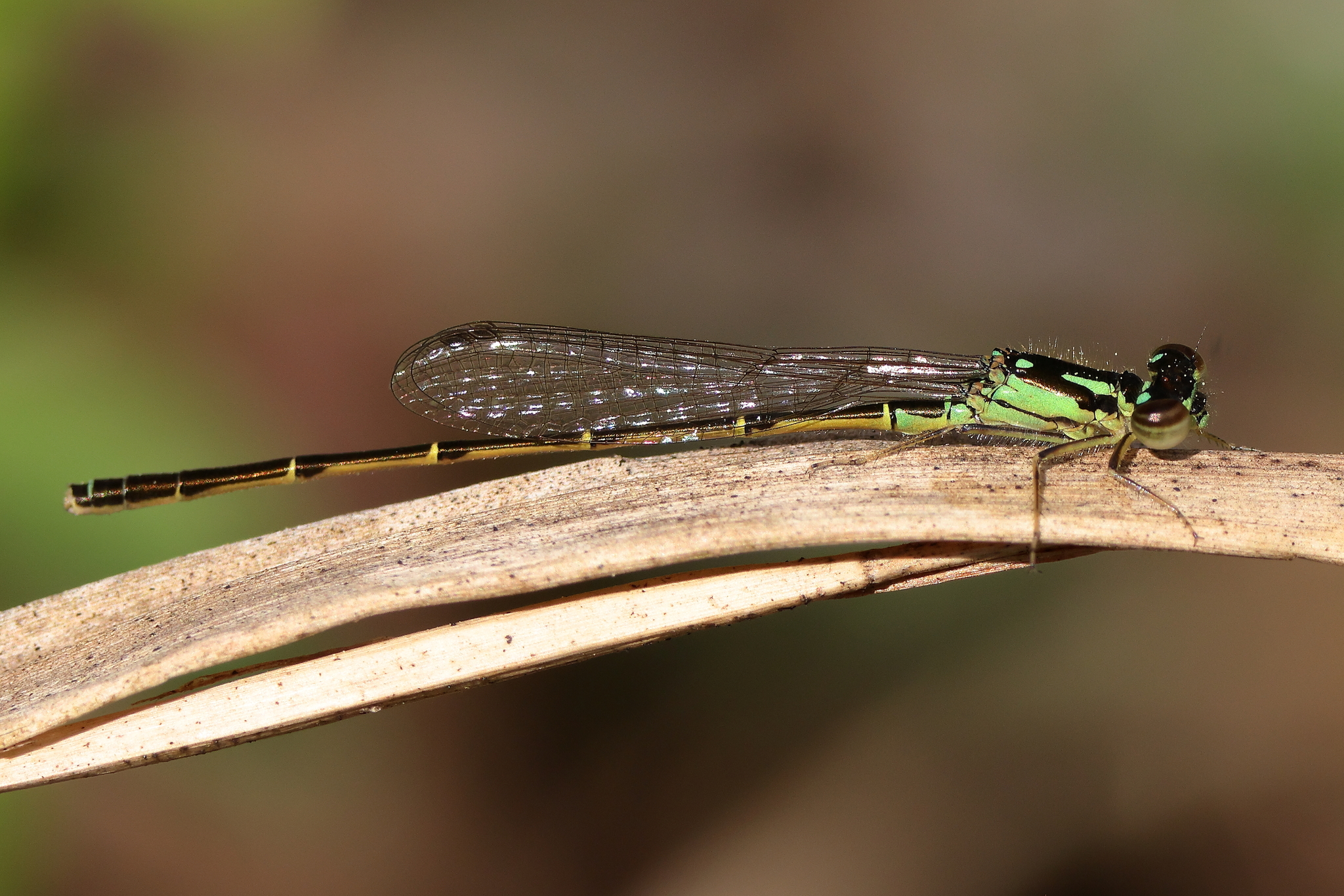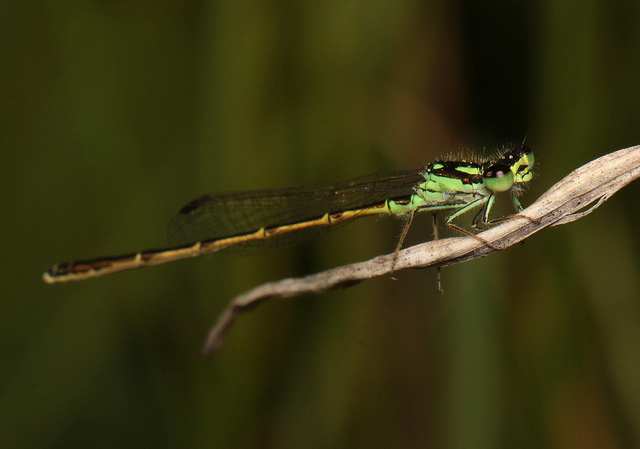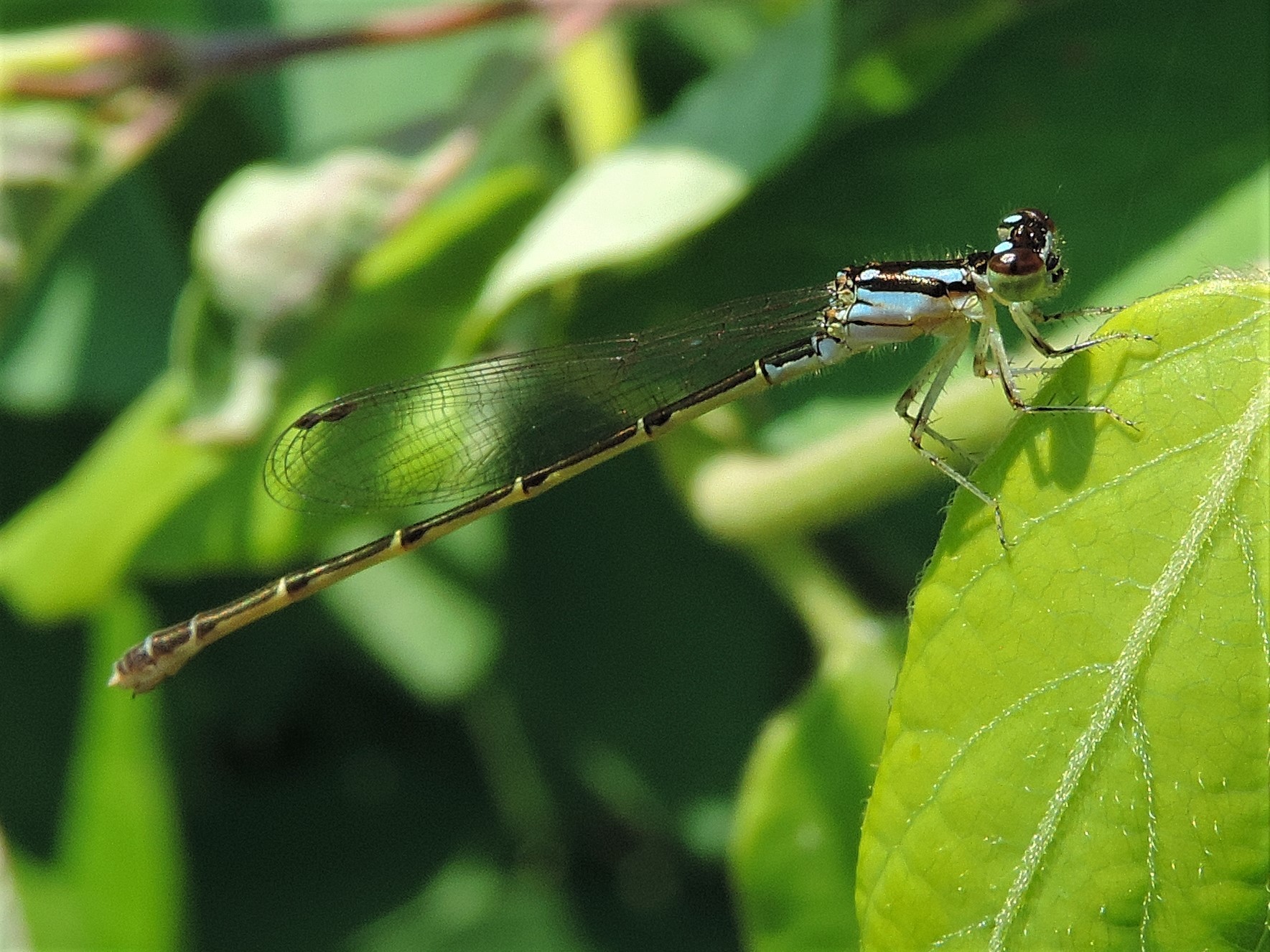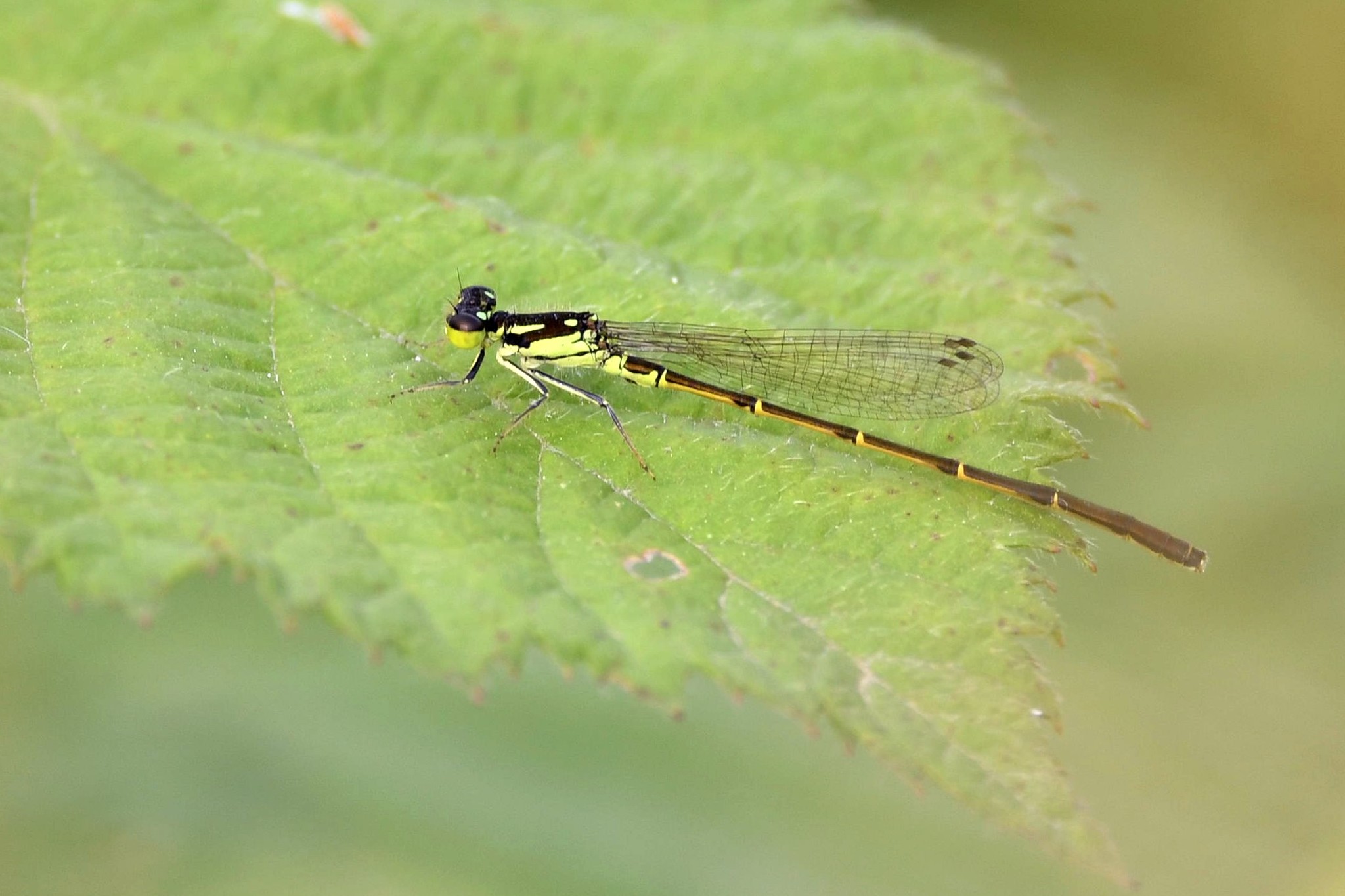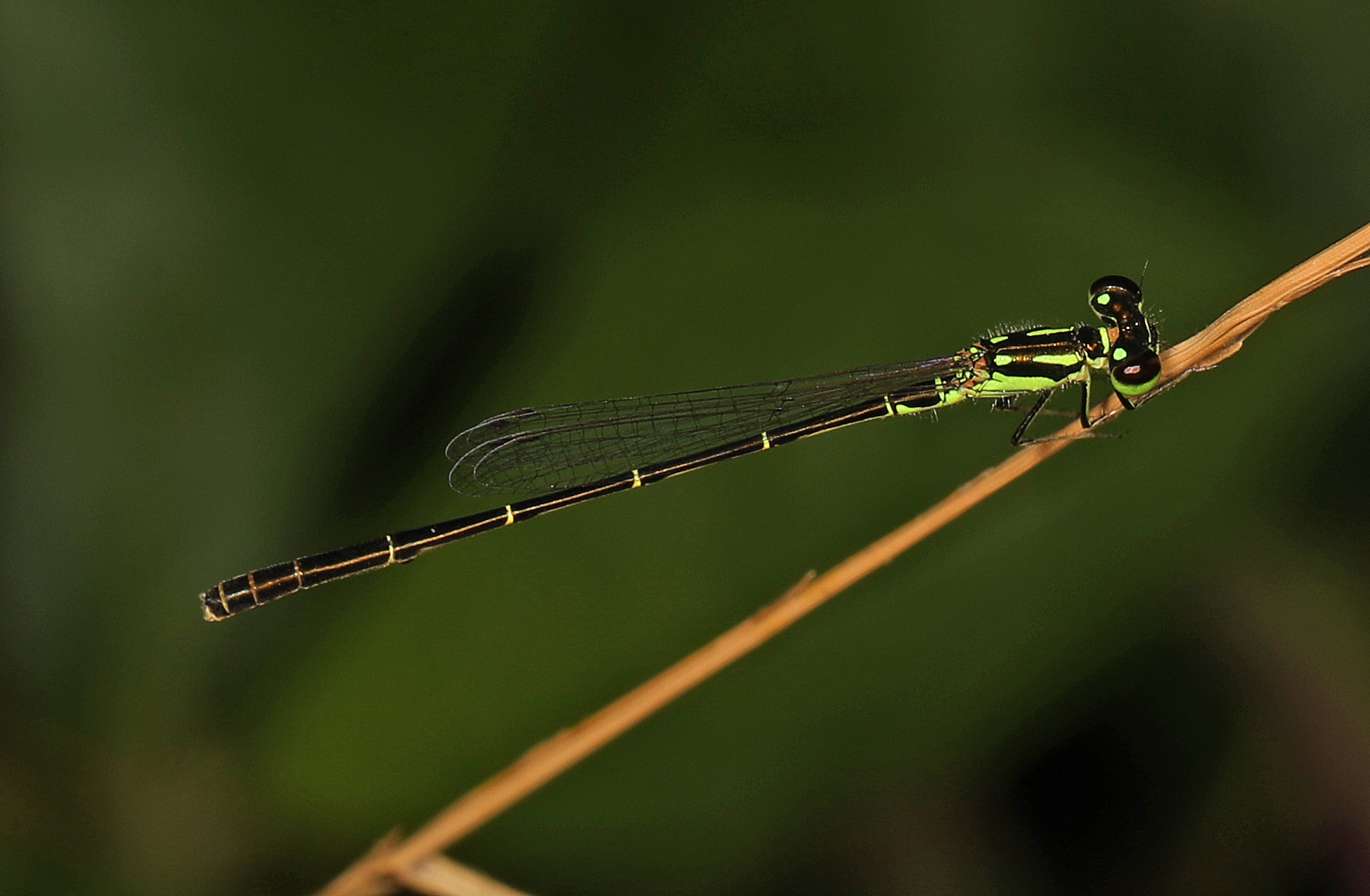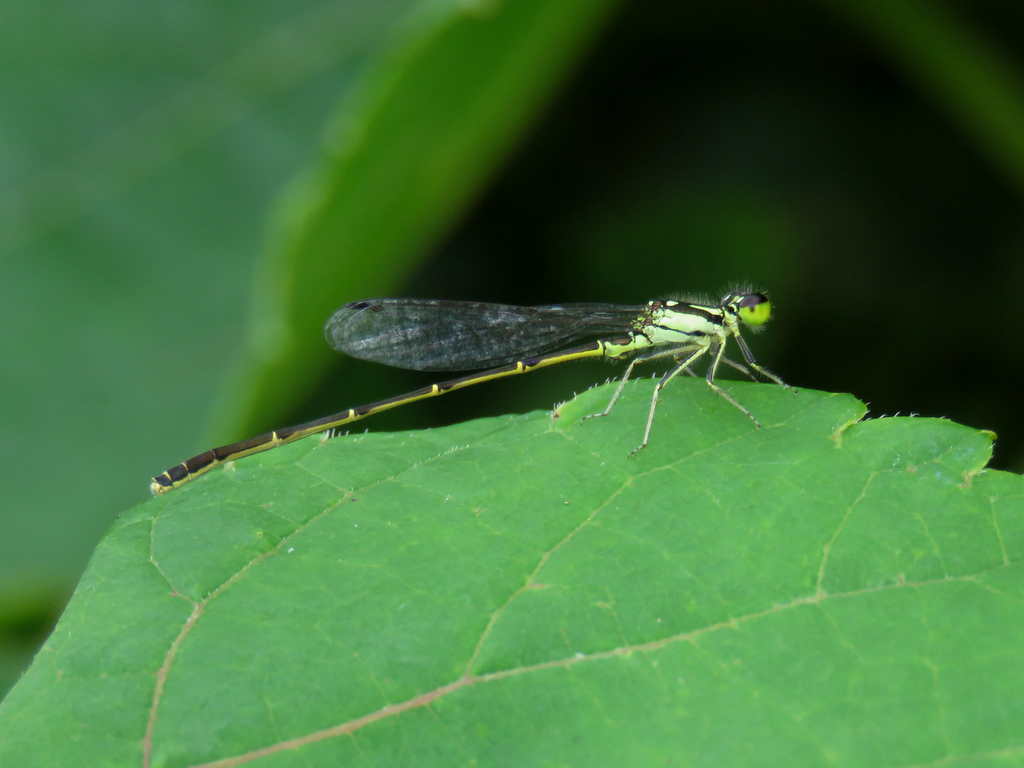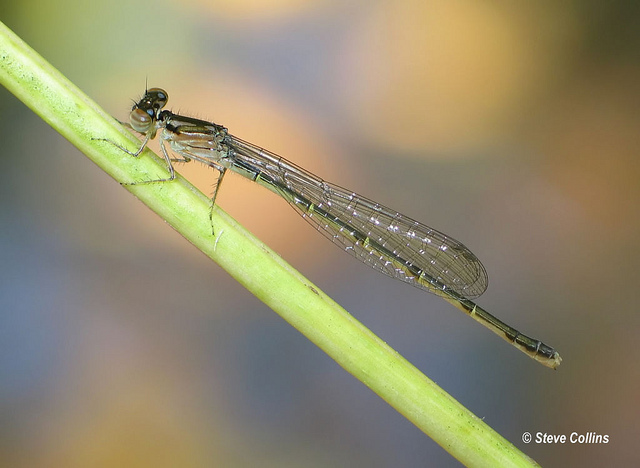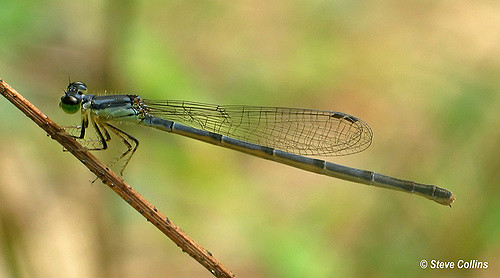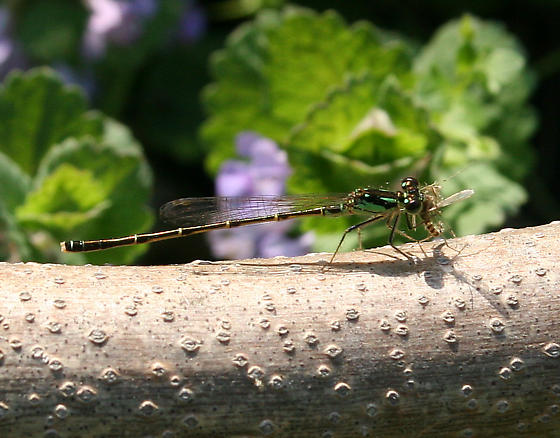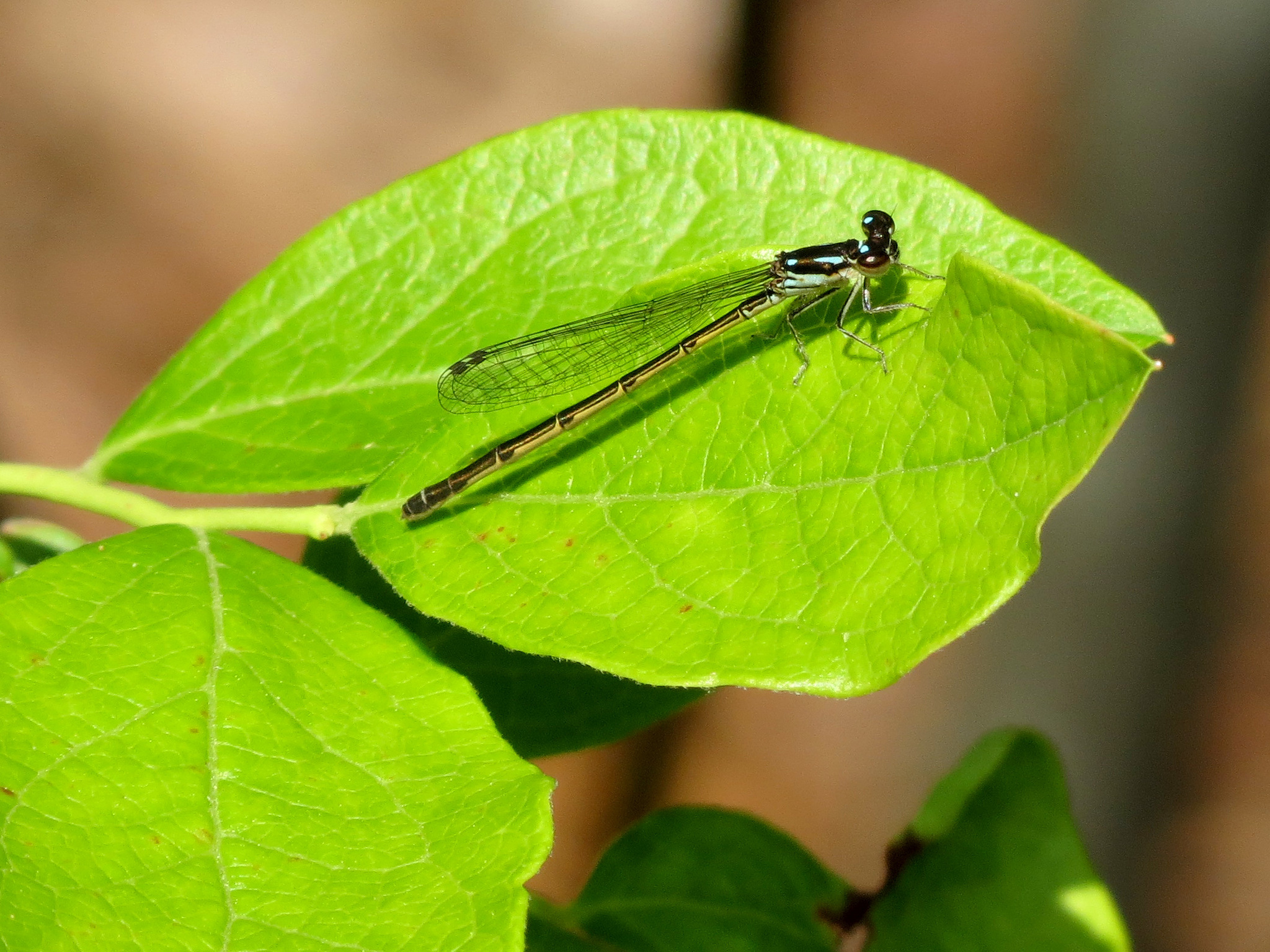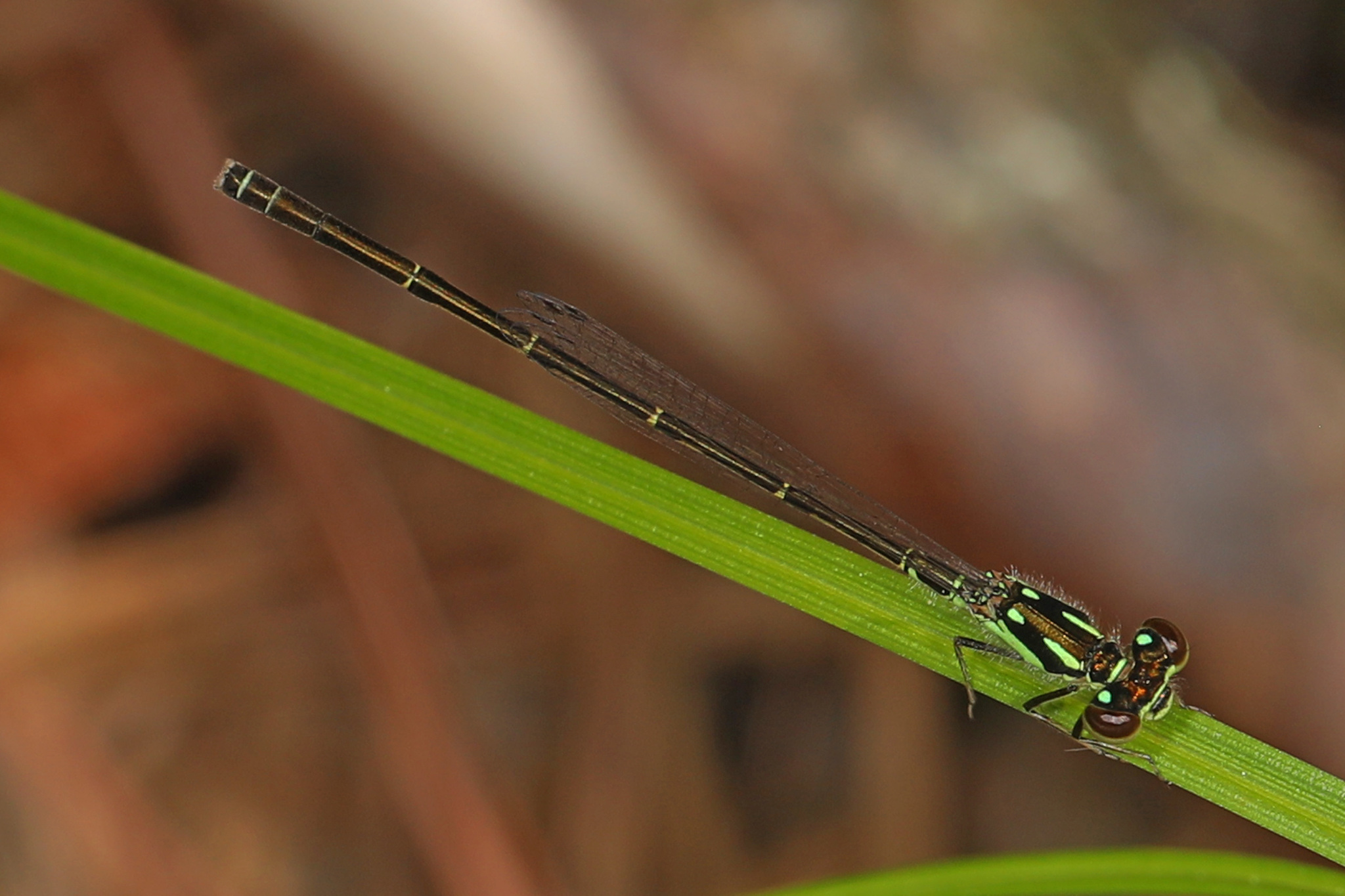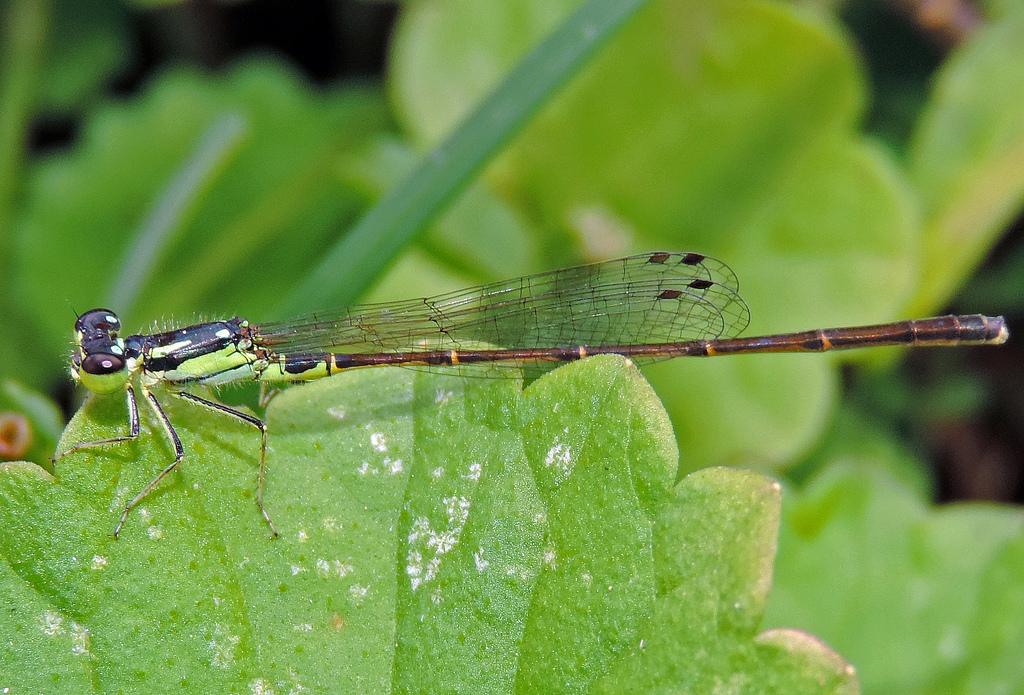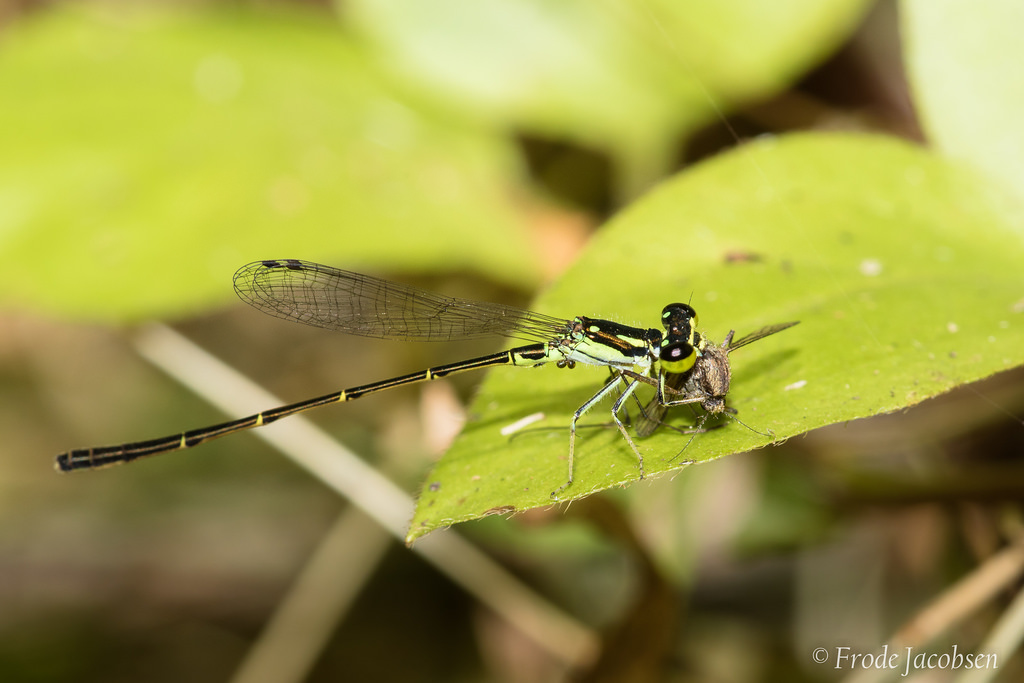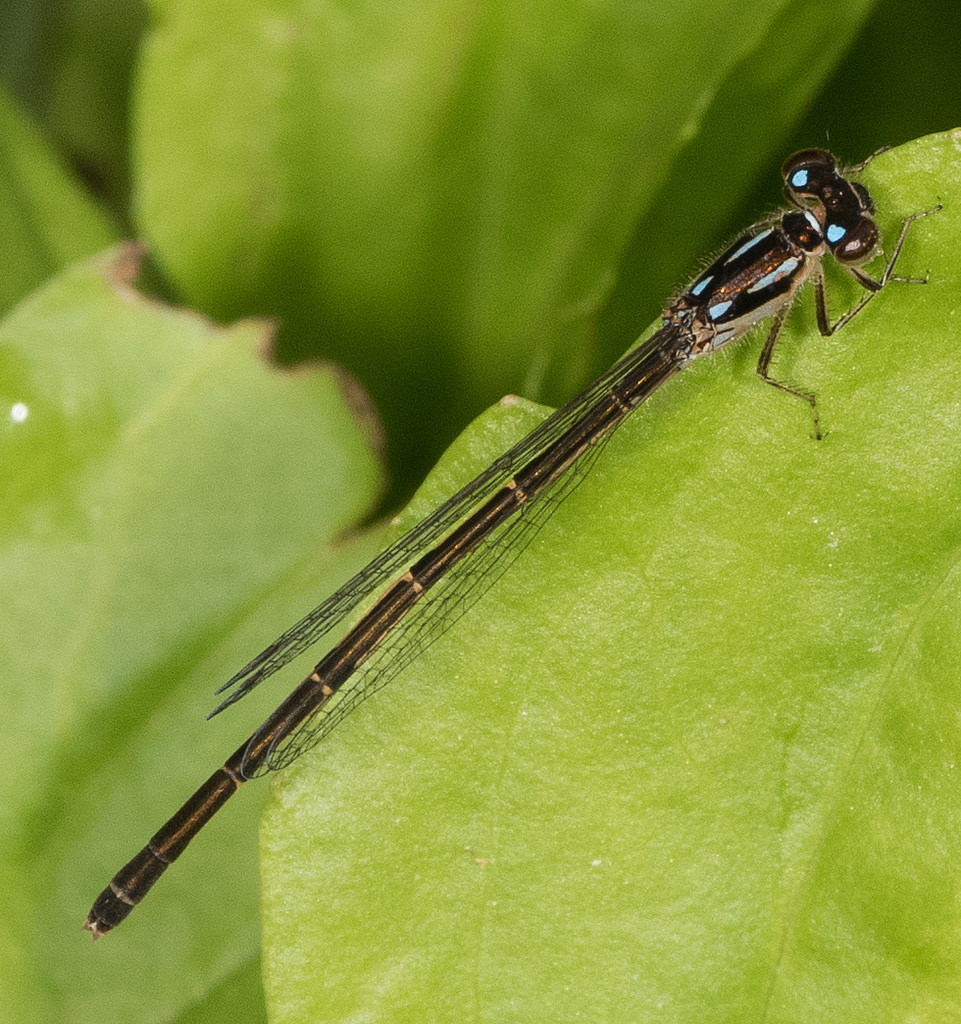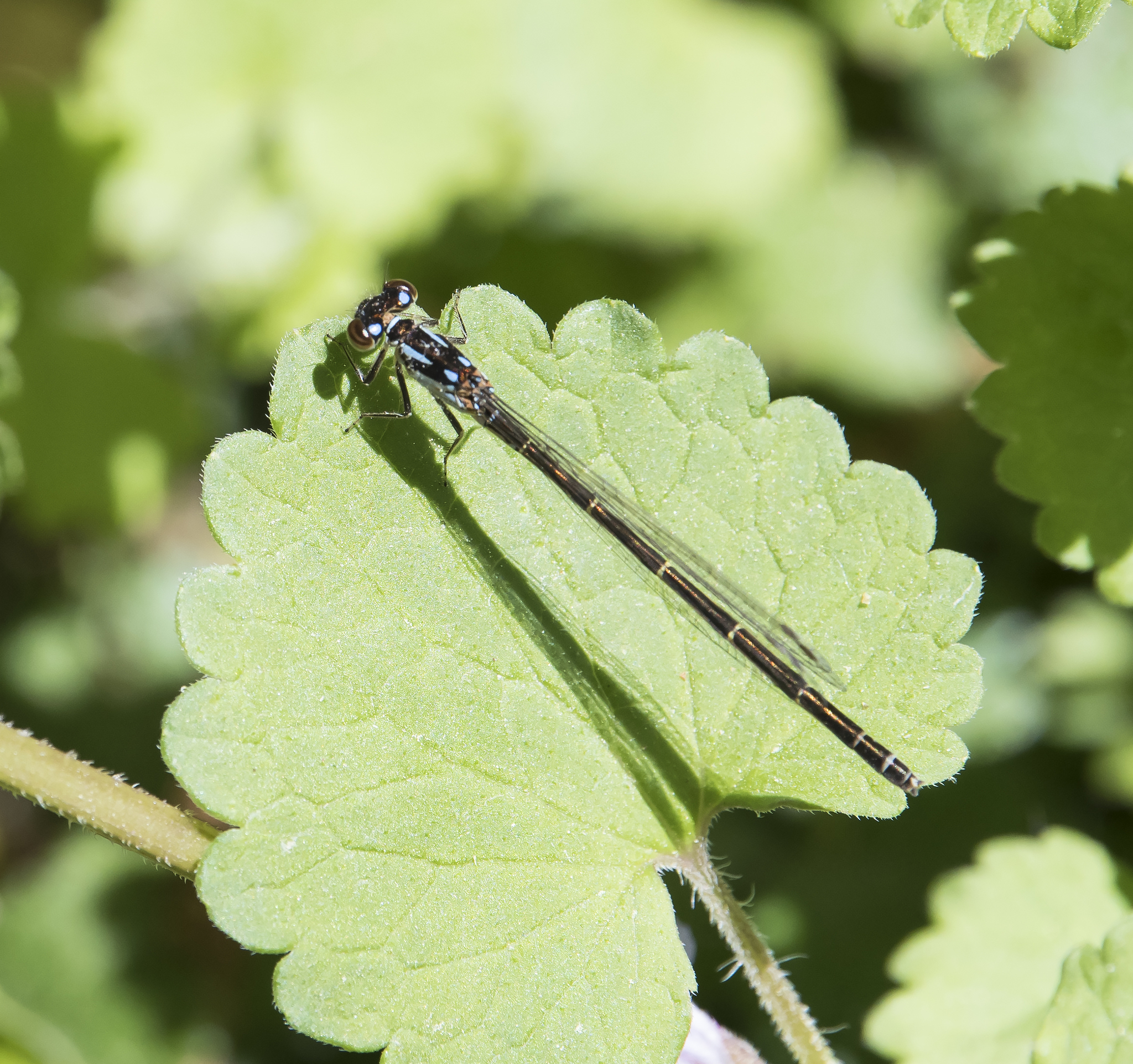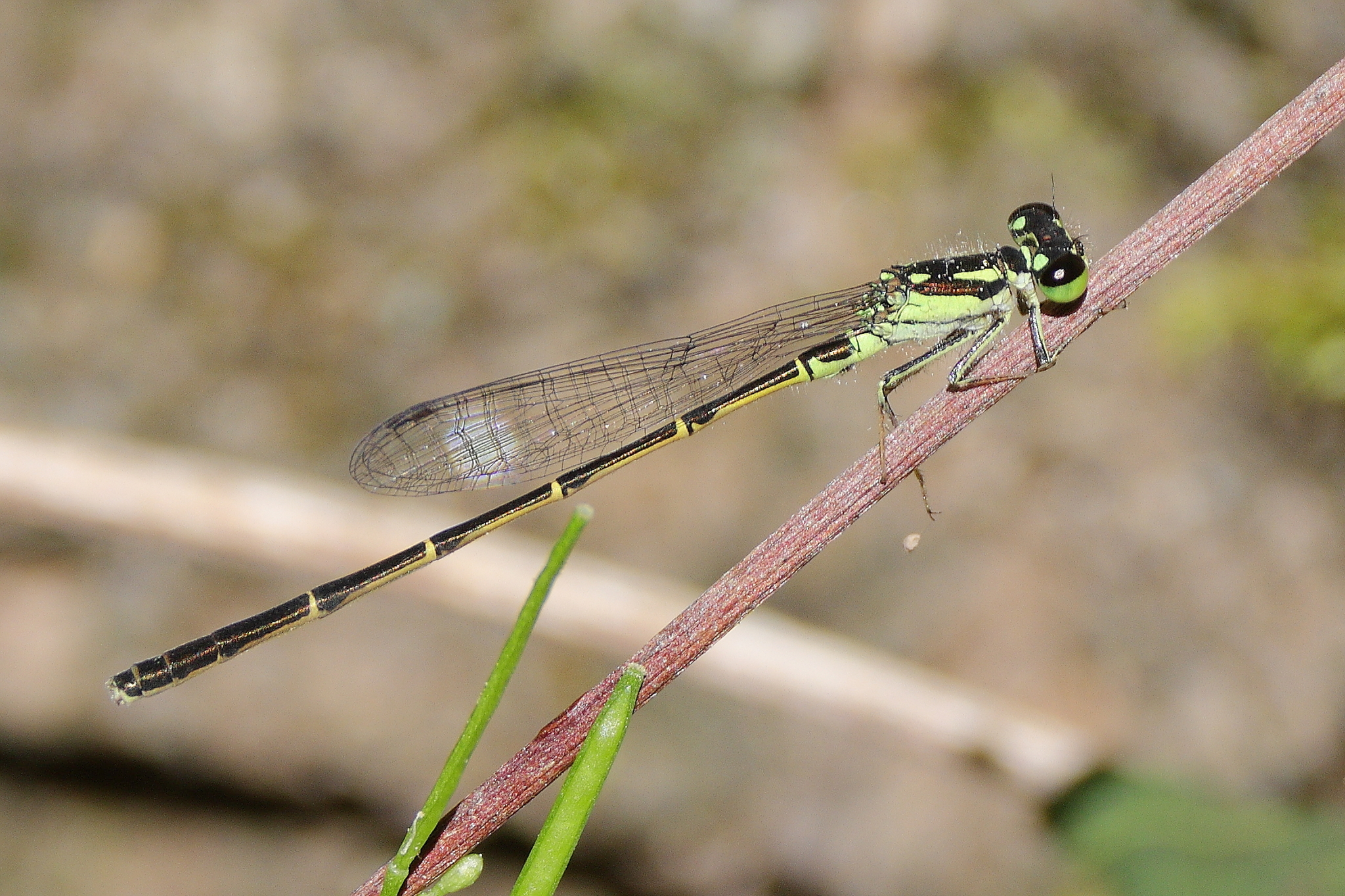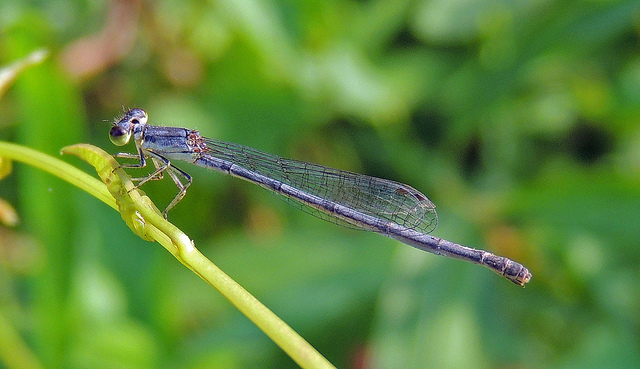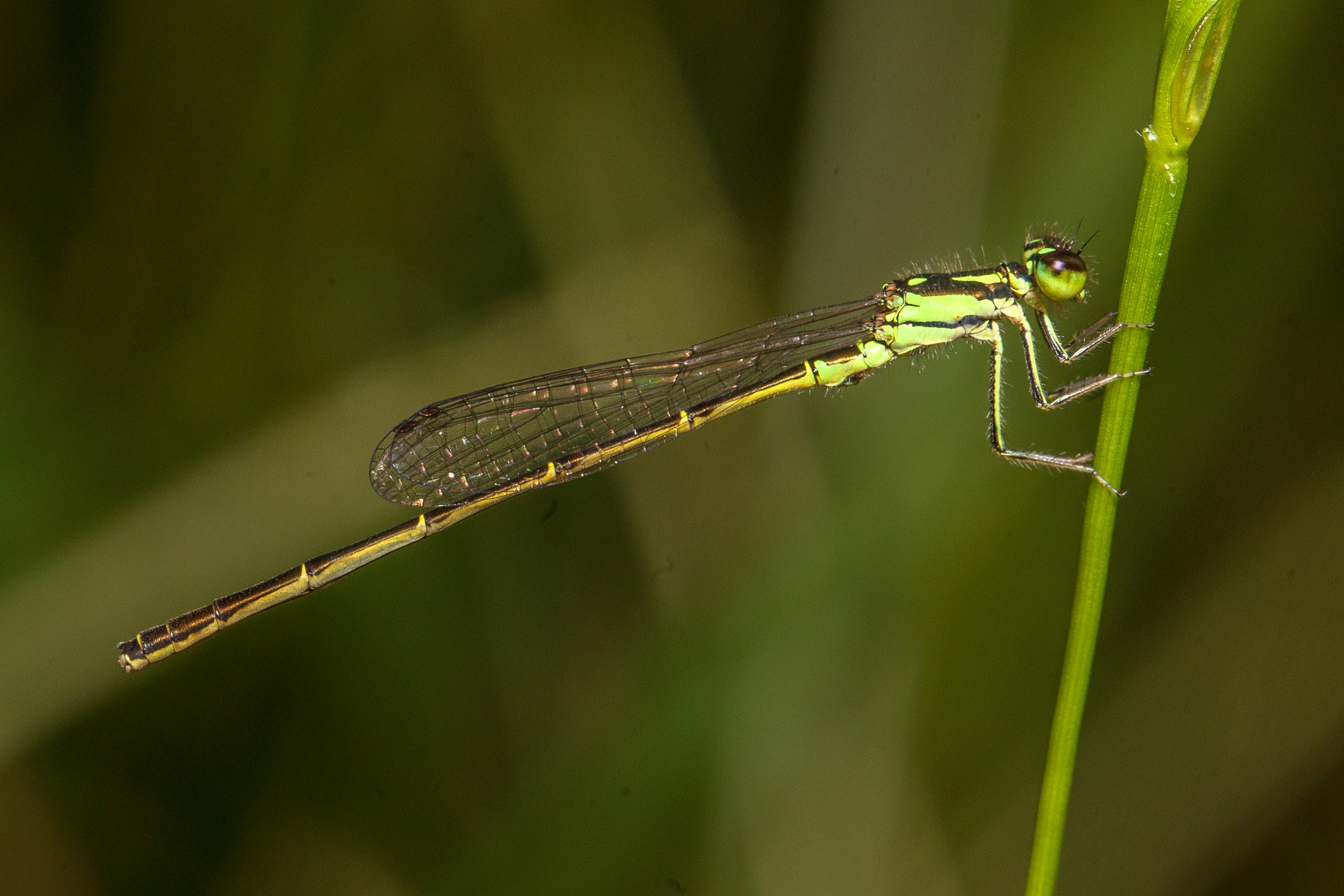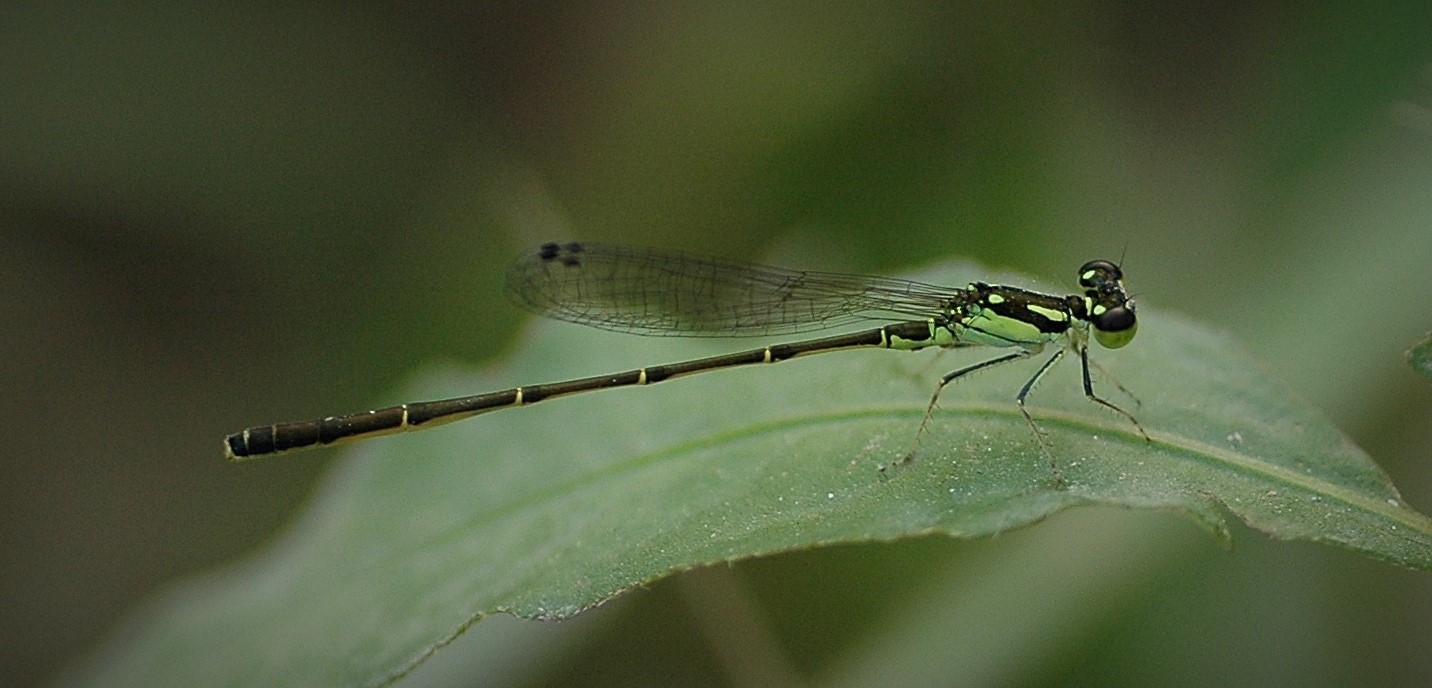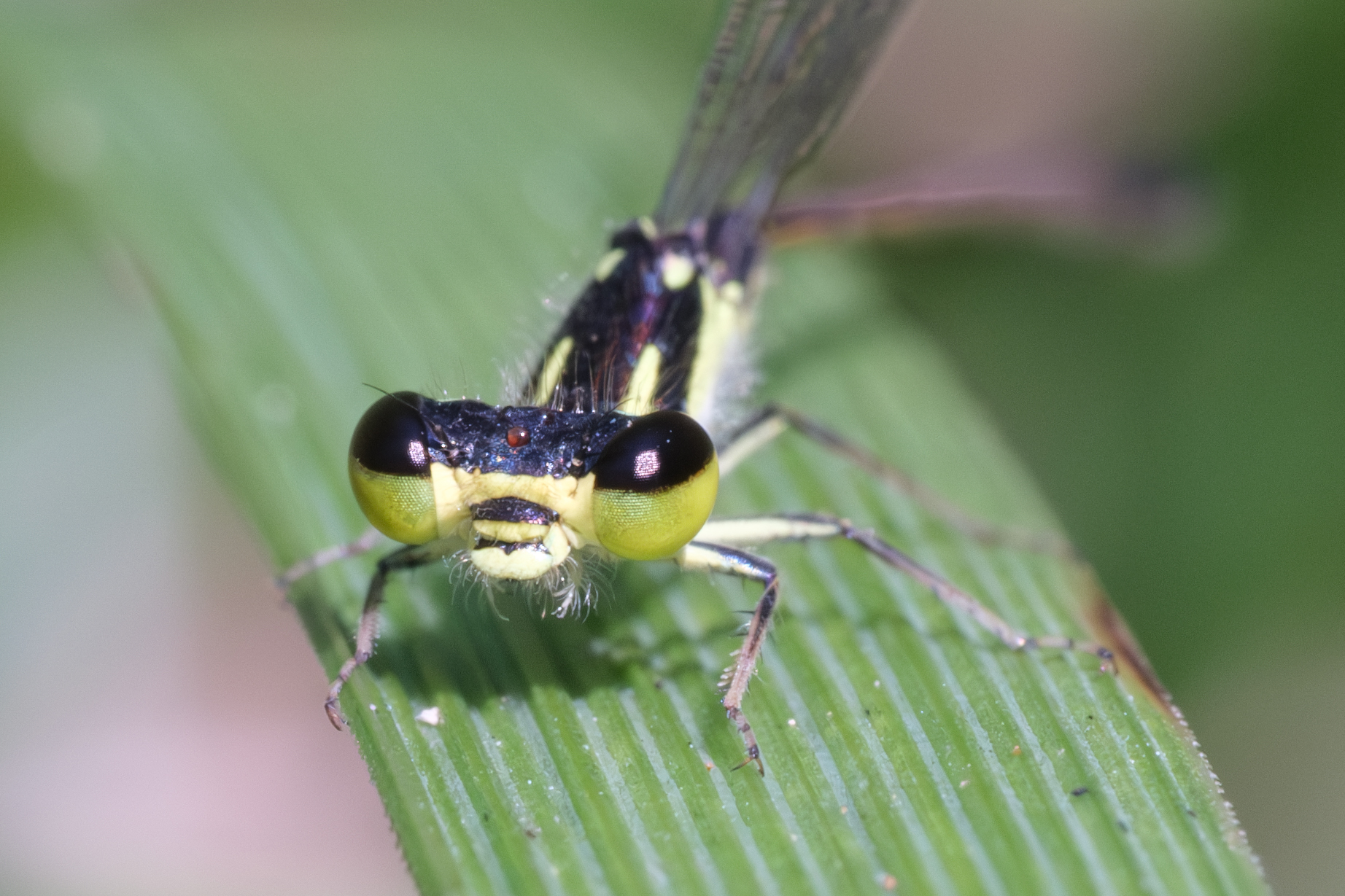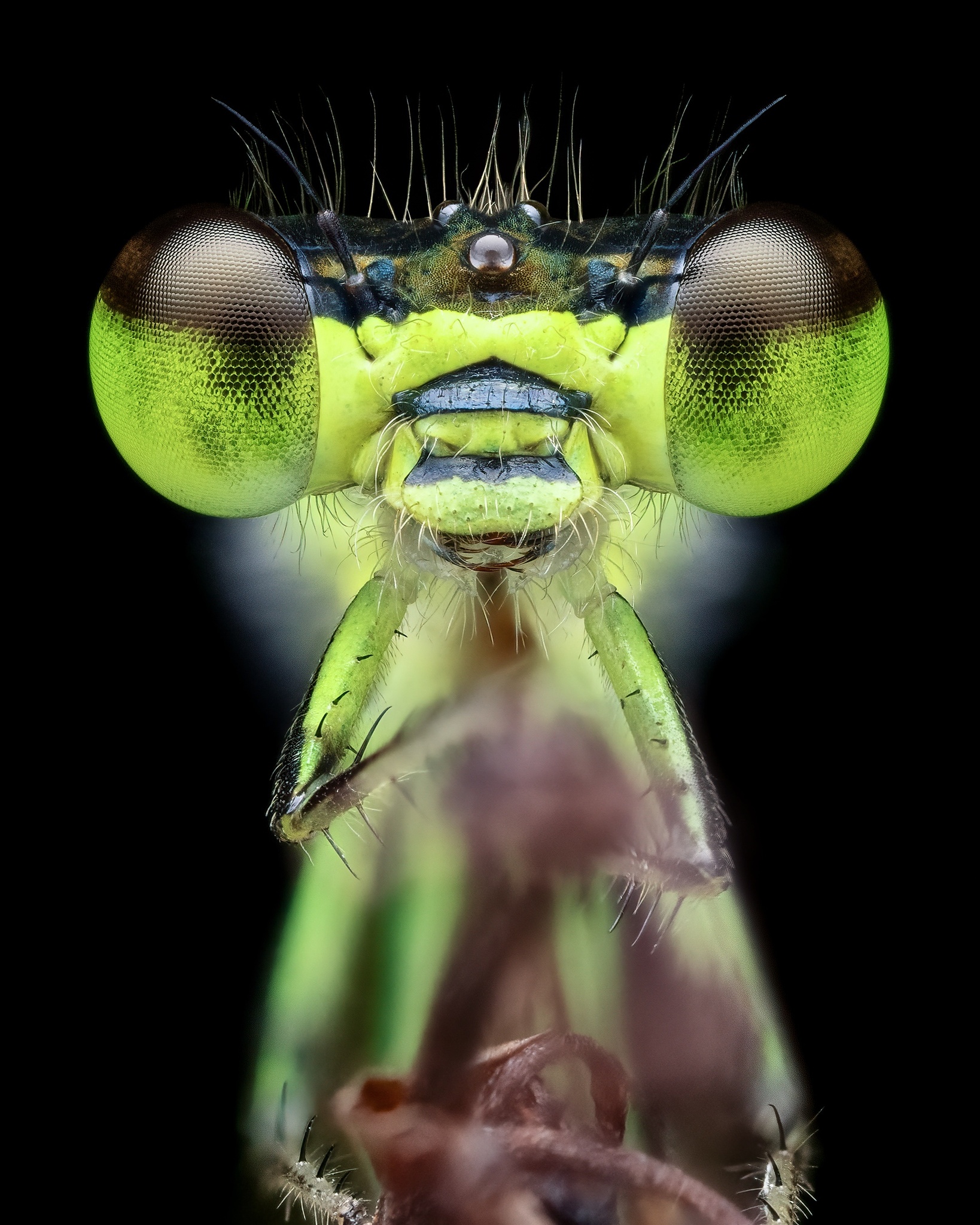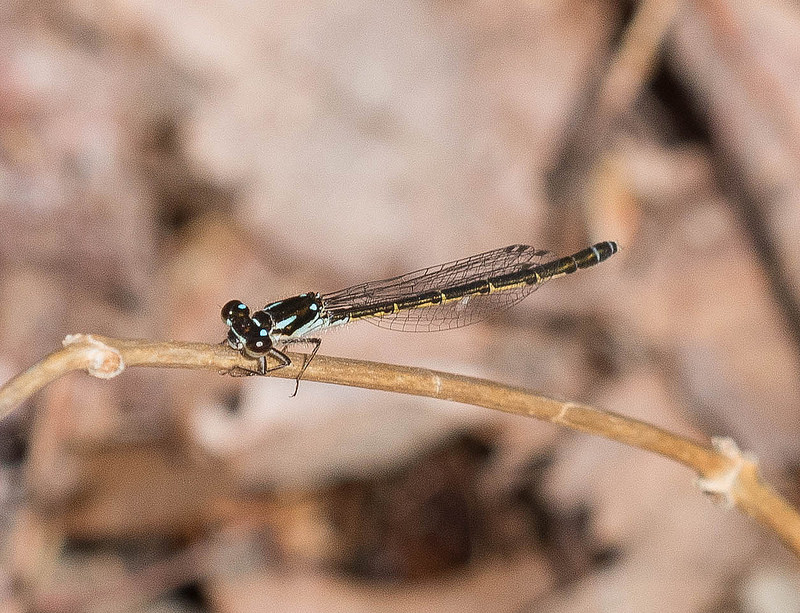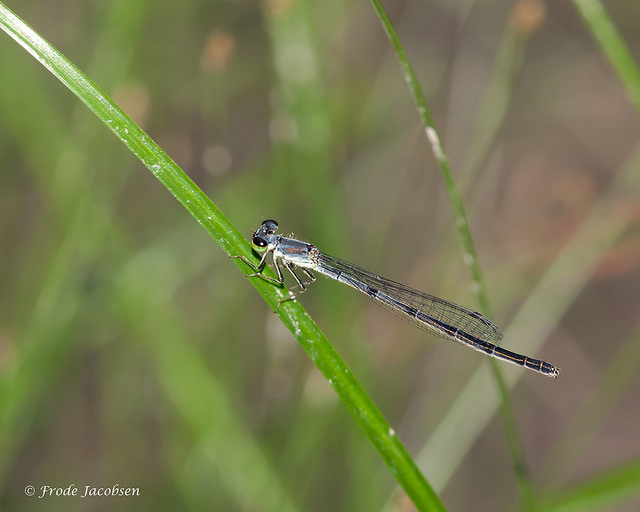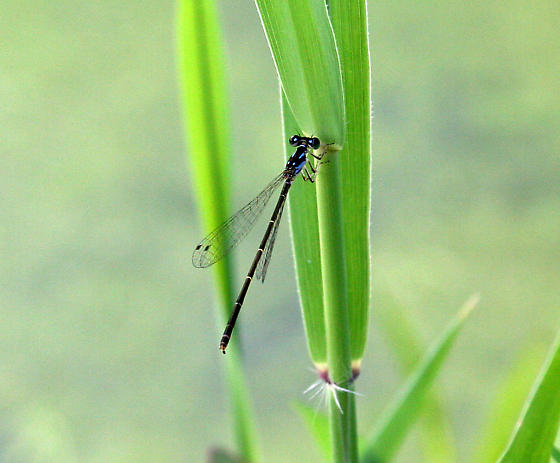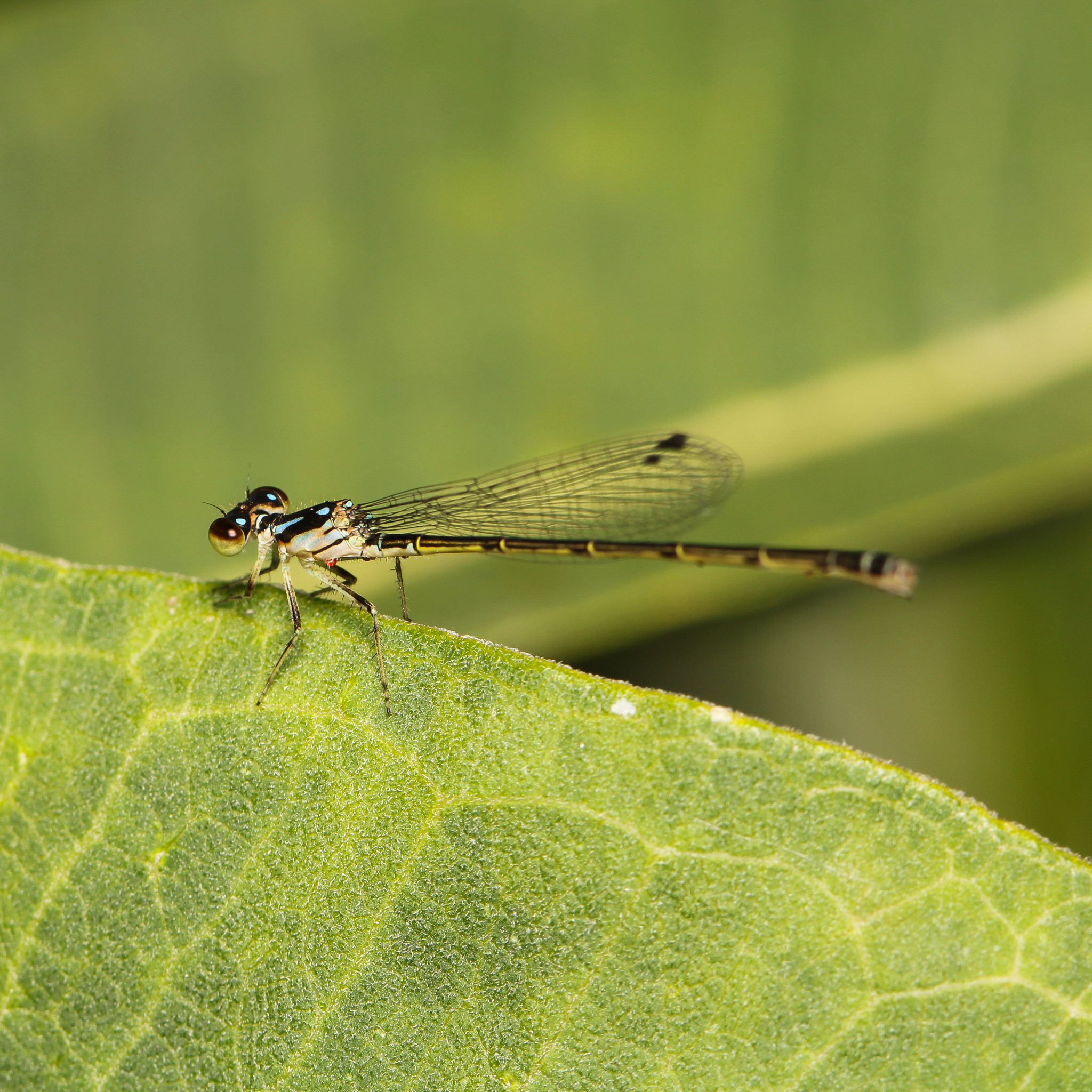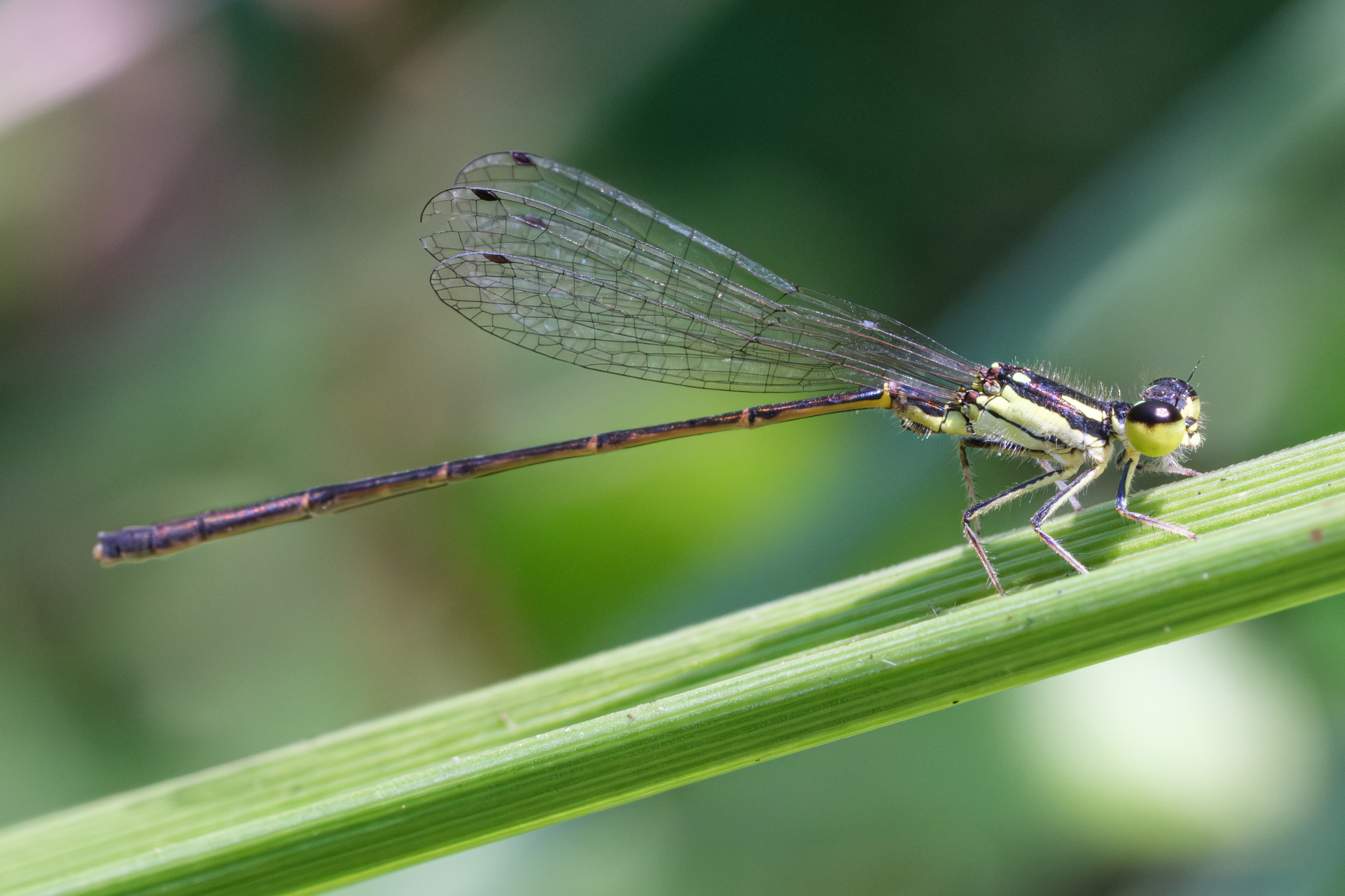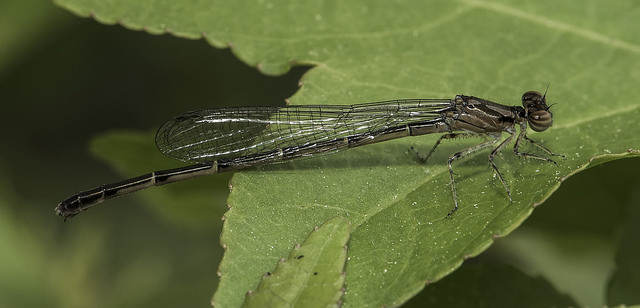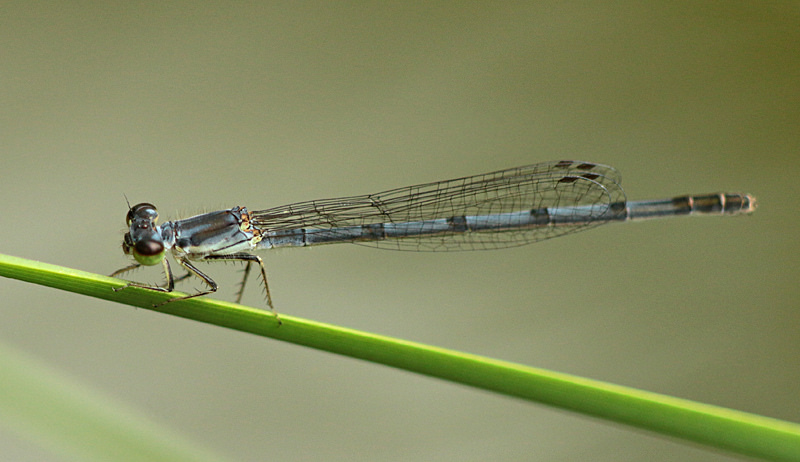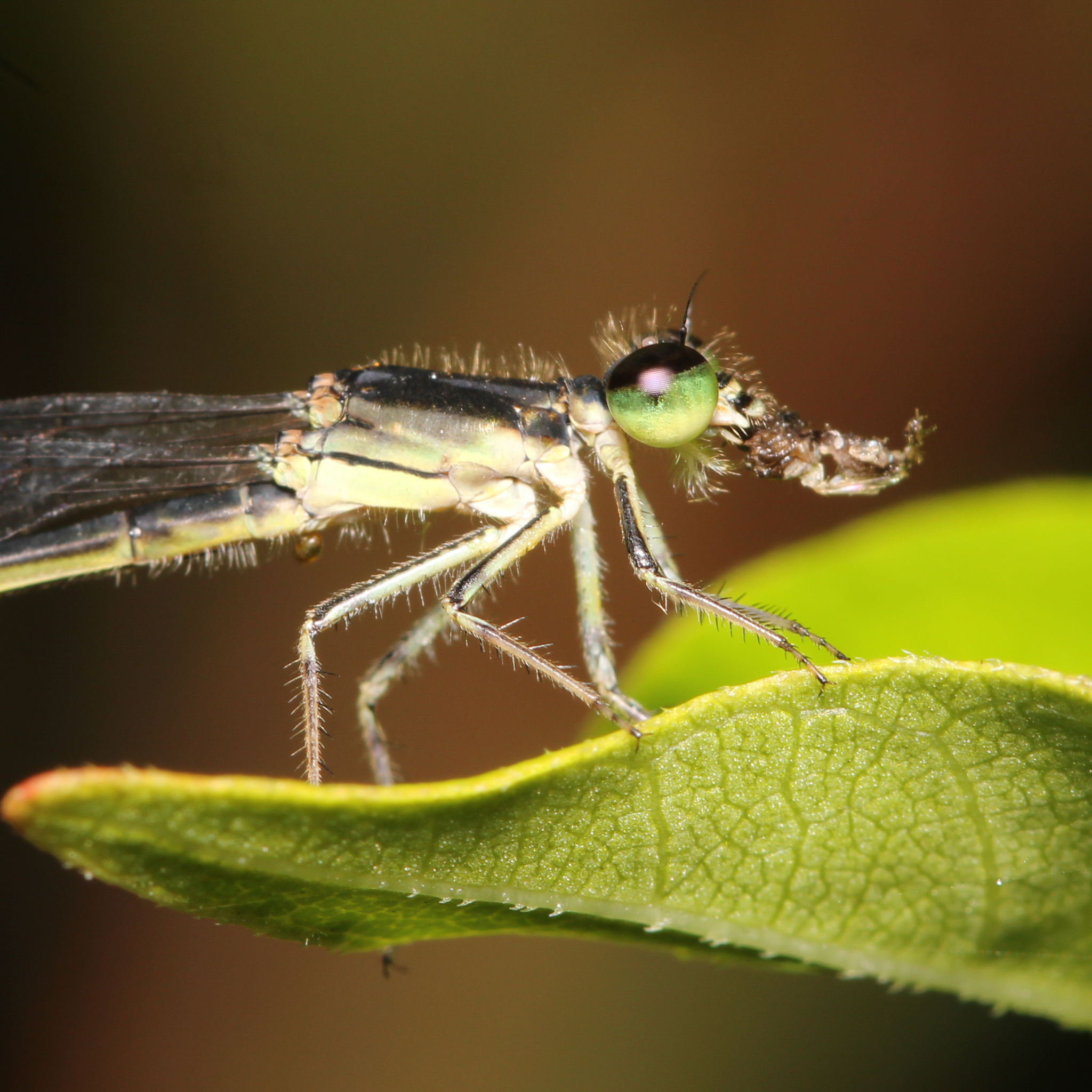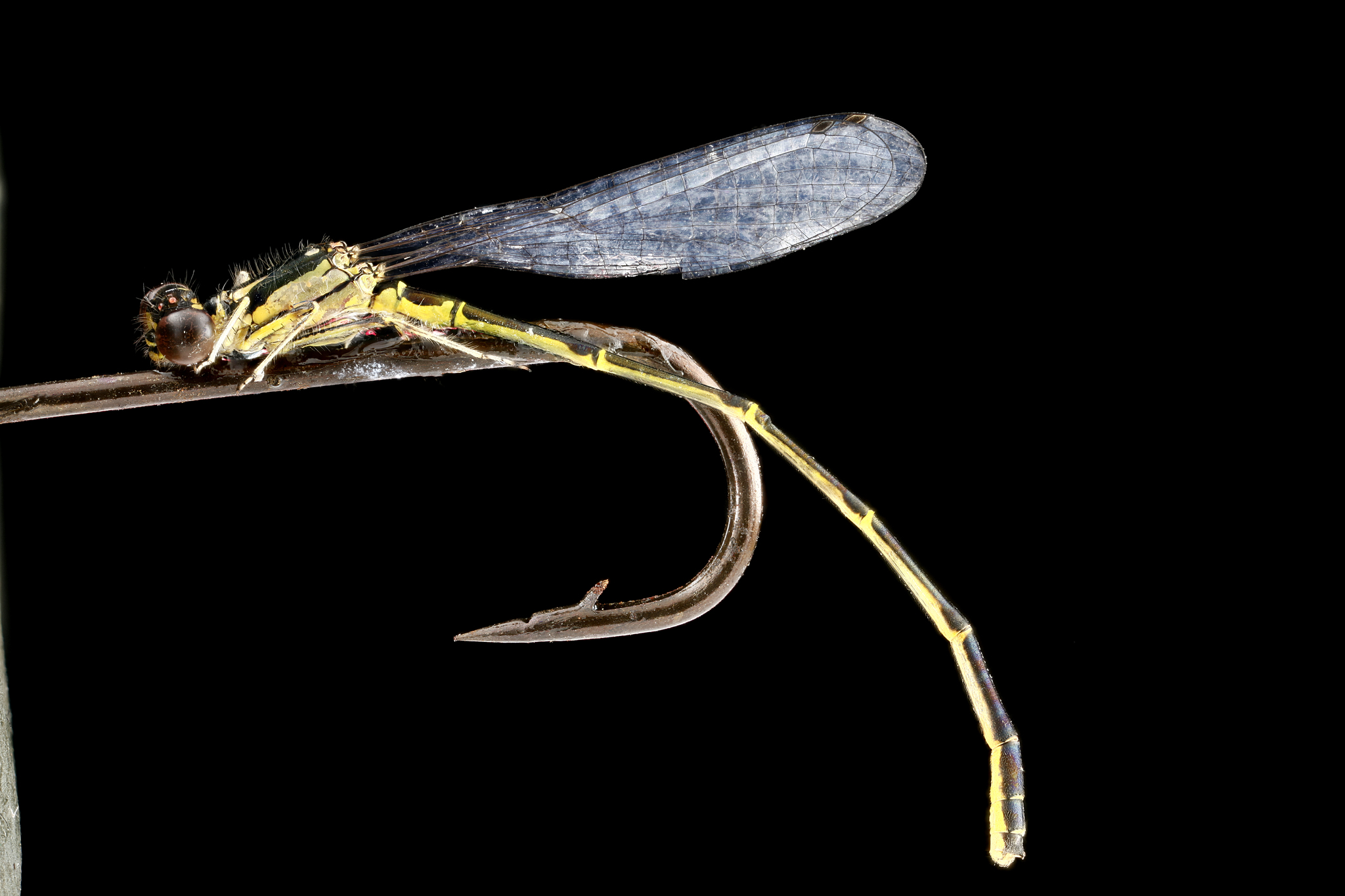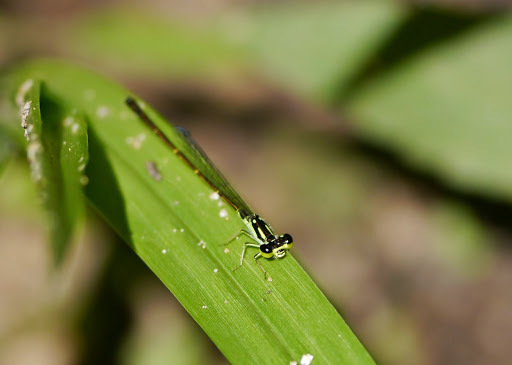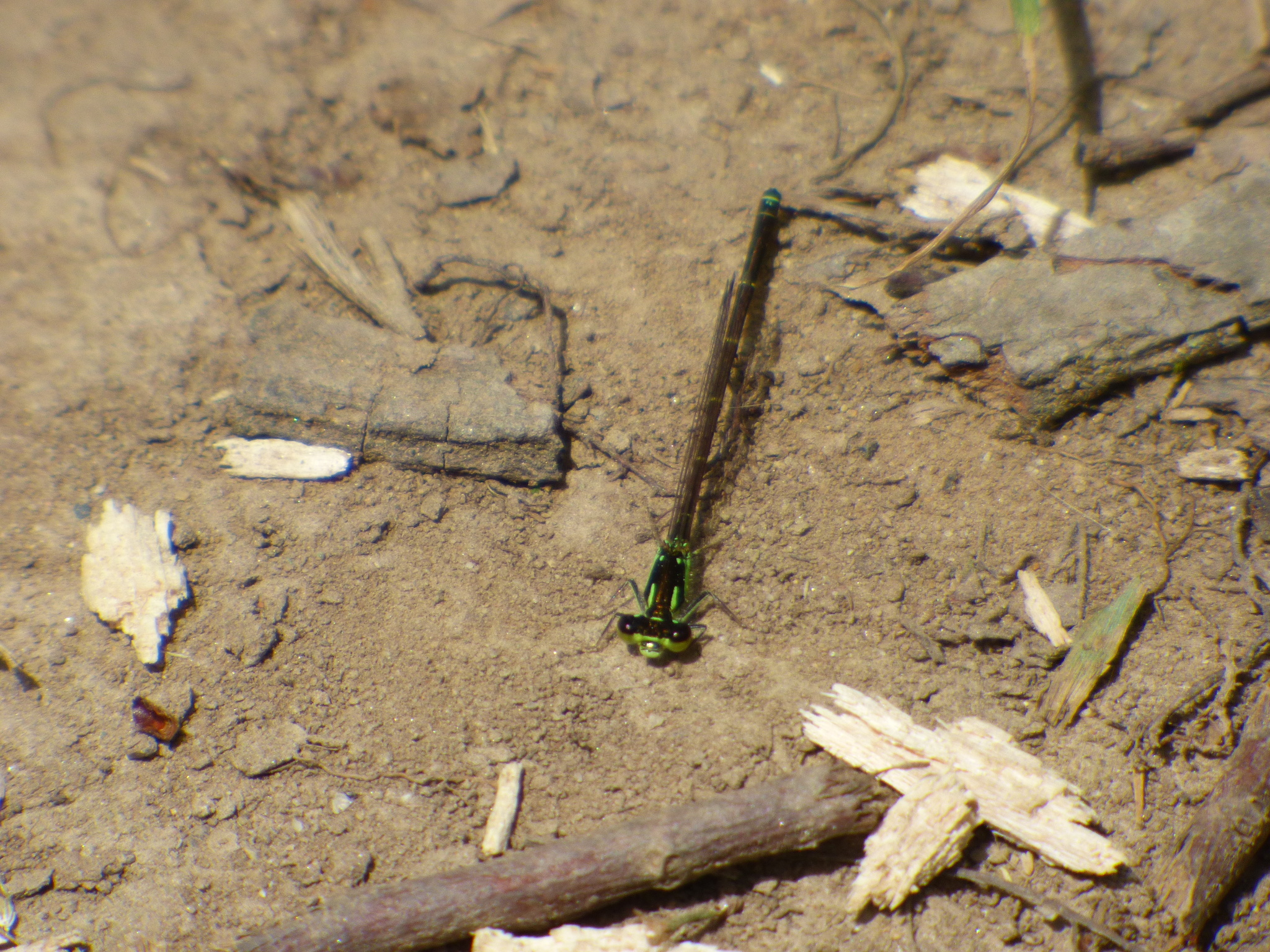Fragile Forktails in wheel position in Washington Co., Maryland (7/16/2012).
A Fragile Forktail in Harford Co., Maryland (7/14/2017).
A Fragile Forktail in Anne Arundel Co., Maryland (4/19/2012).
A Fragile Forktail in Carroll Co., Maryland (5/17/2019).
A Fragile Forktail in Washington Co., Maryland (6/8/2019).
A Fragile Forktail in Washington Co., Maryland (6/15/2019).
Fragile Forktail in Carroll Co., Maryland (5/20/2020). (c) emilio c, some rights reserved (CC BY-NC).
Fragile Forktail in Prince George's Co., Maryland (9/5/2020). (c) Sergei Drovetski, all rights reserved.
Fragile Forktail in Prince George's Co., Maryland (4/15/2021). (c) Sergei Drovetski, all rights reserved.
A Fragile Forktail in Prince George's Co., Maryland (4/24/2016).
Fragile Forktail in Carroll Co., Maryland (7/7/2020). (c) Emilio Concari, some rights reserved (CC BY-NC ).
Fragile Forktail in Queen Anne's Co., Maryland (5/23/2022). (c) Jonathan Irons, some rights reserved (CC BY-NC ).
Fragile Forktail in Queen Anne's Co., Maryland (7/4/2024). (c) Judy Gallagher, some rights reserved (CC BY-SA ).
A Fragile Forktail in Harford Co., Maryland (6/22/2017).
A female Fragile Forktail in Baltimore Co., Maryland (8/25/2006).
A female Fragile Forktail along the Little Patuxent River, Howard Co., Maryland (7/30/2008).
A Fragile Forktail in Baltimore City, Maryland (4/29/2007).
Fragile Forktail in Caroline Co., Maryland (5/18/2019). (c) Katja Schulz, some rights reserved (CC BY ).
Fragile Forktail in Anne Arundel Co., Maryland (4/10/2021). (c) Sergei Drovetski, all rights reserved.
Fragile Forktail in Caroline Co., Maryland (5/18/2019). (c) Judy Gallagher, some rights reserved (CC BY ).
Fragile Forktail in Prince George's Co., Maryland (5/9/2021). (c) Sergei Drovetski, all rights reserved.
A Fragile Forktail in Howard Co., Maryland (9/29/2013).
A Fragile Forktail in Washington Co., Maryland (7/14/2018).
A female Fragile Forktail in Baltimore City, Maryland (7/14/2006). Determined by Cliff Bernzweig/BugGuide.
A Fragile Forktail in Frederick Co., Maryland (5/28/2017). Verified by John and Jane Balaban/BugGuide.
Fragile Forktail in Kent Co., Maryland (5/1/2021). (c) pcowartrickmanphoto, some rights reserved (CC BY-NC ).
Fragile Forktail in Anne Arundel Co., Maryland (5/1/2021). (c) Sergei Drovetski, all rights reserved.
A Fragile Forktail in Howard Co., Maryland (7/11/2012).
Fragile Forktail in Prince George's Co., Maryland (9/27/2020). (c) Sergei Drovetski, all rights reserved.
Fragile Forktail in Harford Co., Maryland (7/2/2006). (c) Rick Cheicante, some rights reserved (CC BY-NC ).
Fragile Forktail in Montgomery Co., Maryland (8/22/2023). No rights reserved.
Fragile Forktail in Montgomery Co., Maryland (7/30/2023). (c) bsw md, some rights reserved (CC BY-NC ).
A Fragile Forktail in Dorchester Co., Maryland (4/20/2015). Verified by Larry de March/BugGuide.
An immature Fragile Forktail in Worcester Co., Maryland (7/7/2014).
A Fragile Forktail in Baltimore City, Maryland (7/15/2006).
Fragile Forktail in Prince George's Co., Maryland (8/16/2023). (c) Adrienne van den Beemt, some rights reserved (CC BY ).
Fragile Forktail in Montgomery Co., Maryland (8/22/2023). No rights reserved.
A teneral female Fragile Forktail in Anne Arundel Co., Maryland (5/11/2015).
A Fragile Forktail in Prince George's Co., Maryland (6/1/2018).
Fragile Forktail in Worcester Co., Maryland (6/26/2023). (c) Adrienne van den Beemt, some rights reserved (CC BY ).
Fragile Forktail in Prince George's Co., Maryland (8/5/2012). (c) Sam Droege, some rights reserved (CC BY ).
Fragile Forktail in Prince George's Co., Maryland (8/5/2012). (c) Sam Droege, some rights reserved (CC BY ).
A Fragile Forktail attracted to a blacklight on the Worcester/Wicomico Co. line (7/21/2013).
Fragile Forktail in Caroline Co., Maryland (7/25/2014). (c) 116916927065934112165, some rights reserved (CC BY-SA ).
Fragile Forktail in Montgomery Co., Maryland (4/30/2022). (c) kbarylski, some rights reserved (CC BY-NC ).
Previous
Next
Map Snapshot
2,053 Records
Status Fragile Forktail (Ischnura posita ) is a small, dark species of forktail, found commonly at vegetated ponds, lakes, ditches, or slow sections of streams over an extensive range. This damselfly will often perch or forage in the shade (Lam, 2004). In Maryland, this species is abundant, and occurs in every county (Richard Orr's Dragonflies and Damselflies of Maryland and the District of Columbia ).
Description The interrupted thoracic stripes, similar in shape to an exclamation mark, are very distinctive.
Seasonality Snapshot
Jan Feb Mar Apr May Jun Jul Aug Sep Oct Nov Dec 0 1 2 3 4 Totals
Use of media featured on Maryland Biodiversity Project is only permitted with express permission of the photographer.
Fragile Forktails in wheel position in Washington Co., Maryland (7/16/2012).
Media by
Bonnie Ott .
A Fragile Forktail in Anne Arundel Co., Maryland (4/19/2012).
Media by
Brandon Woo .
A female Fragile Forktail in Baltimore Co., Maryland (8/25/2006).
Media by
Steve Collins .
A female Fragile Forktail along the Little Patuxent River, Howard Co., Maryland (7/30/2008).
Media by
Steve Collins .
A Fragile Forktail in Howard Co., Maryland (7/11/2012).
Media by
Bonnie Ott .
Species of damselfly
Fragile forktail Ischnura posita Ischnura posita fragile forktail , is a species of damselfly in the genus Ischnura [ 2]
The shoulder stripes of both sexes resemble exclamation marks. It is one of the more common damselflies on the east coast of the US.[ 4]



























